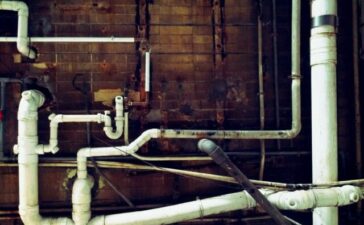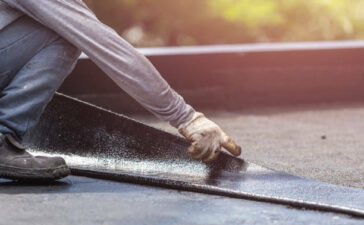The idea of having a thriving garden inside your living space is alluring. But it sounds like a lot of work as you have to provide the right environment for your greens. After all, they cannot derive sunlight, fresh air, and moisture from the atmosphere when grown indoors. Luckily, you do not need to be a pro to grow your favorite herbs, flowers, and even veggies and fruits indoors. Here are a few gardening tips you can rely on to create a thriving garden right inside your living space.
Start with the right plants
This one is a no-brainer because not all plants can thrive inside closed spaces, so you must choose wisely. The best indoor plants are the ones requiring low light and little maintenance. Additionally, ensure they do well in containers. You can prioritize ones that enhance the air quality. Philodendrons, snake plants, and aloe vera do well indoors. You can also try your hand with carrots, radishes, hot peppers, and microgreens if you wish to grow your own food. Consider growing cannabis as it also does well.
Choose the right spot
Besides picking indoor-friendly plants, you must choose the right spot to grow them inside your living space. Ideally, look for a place that gets ample light and fresh air because these are the inherent needs. You can opt for a window sill, a wall with plenty of natural light, or a kitchen countertop. The choice of the garden space also depends on the aesthetic value it offers.
Go the extra mile with nutrition
When growing a garden indoors, you cannot make up for the natural light, air, and humidity, no matter how hard you try. But you can do the best for your greens by going the extra mile with nutrition. Start by using fertile soil and ensure it never falls short of nutrients. You can invest in soil dosers to be more accurate with soil nutrition. Track the pH level of the soil to ensure it is optimal.
Invest in the right pot size
Plants thrive in the correct size pots, so make sure you invest in the right ones. You may go an inch or two bigger with indoor pots, but do not go overboard. A bigger pot means too much soil, which increases the risk of overwatering. Likewise, using smaller containers can restrict growth and nutrition. Use the right materials for potting to keep the greens healthy. Terra-cotta, resin, and fiberglass are the best options.
Prioritize pest control
Pests are a risk to your garden, whether you grow outdoors or indoors. You cannot assume that your greens will be pest-free inside your home. Do not forget to check and debug your plants before bringing them indoors. Also, inspect them regularly and apply insecticides if you notice anything amiss. A clean and hygienic environment goes a long way in keeping your indoor garden pest-safe.
If you are a nature lover, an indoor garden is the best thing to have in your living space. You need not do much to cultivate and nurture it. Follow the basic gardening rules and try these tips to create an incredible green space in your home.






